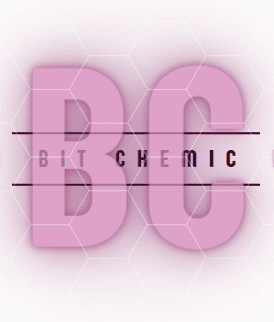What is DMT?
DMT Powder is a white crystalline powder derived from certain plants found in Mexico, South America, and parts of Asia, such as Psychotria viridis. It is present in cohoba, a hallucinogenic drug derived from the seeds of Piptadenia peregrina.
People typically consume it in the following ways:
- vaporized or smoked in a pipe
- consumed orally in brews like ayahuasca
- snorted or injected on rare occasions
The chemical root structure of DMT is similar to the anti-migraine drug sumatriptan, and it acts as a non-selective agonist at most or all of the serotonin receptors, particularly at the serotonin 5-HT2a receptor. Serotonin is a neurotransmitter that has a large effect on the majority of our brain cells.
DMT (N,N-Dimethyltryptamine,DMT or N,N-DMT, SPL026) is a substituted tryptamine that occurs in many plants and animals, including human beings, and which is both a derivative and a structural analog of tryptamine. It is used as a psychedelic drug and prepared by various cultures for ritual purposes as an entheogen.


DMT has a rapid onset, intense effects, and a relatively short duration of action. For those reasons, DMT was known as the “business trip” during the 1960s in the United States, as a user could access the full depth of a psychedelic experience in considerably less time than with other substances such as LSD or psilocybin mushrooms.
DMT can be inhaled, ingested, or injected and its effects depend on the dose, as well as the mode of administration.
When inhaled or injected, the effects last a short period of time: about five to 15 minutes. Effects can last three hours or more when orally ingested along with a monoamine oxidase inhibitor (MAOI), such as the ayahuasca brew of many native Amazonian tribes.
DMT can produce vivid “projections” of mystical experiences involving euphoria and dynamic pseudohallucinations of geometric forms.
DMT is a functional analog and structural analog of other psychedelic tryptamines such as O-acetylpsilocin (4-AcO-DMT), psilocybin (4-PO-DMT), psilocin (4-HO-DMT), O-methylbufotenin (5-MeO-DMT), and bufotenin (5-HO-DMT).
Parts of the structure of DMT occur within some important biomolecules like serotonin and melatonin, making them structural analogs of DMT
Side effects
The main effect of DMT is psychological, with intense visual and auditory hallucinations, euphoria, and an altered sense of space, body, and time.
Many users describe profound, life-changing experiences such as visiting other worlds, talking with alien entities known as “DMT elves” or “machine elves,” and total shifts in the perception of identity and reality.
When smoked, DMT produces brief yet intense visual and auditory hallucinations that some users describe as an alternate reality, otherworldly, or a near-death experience.
DMT users frequently claim that it has fewer side effects than other psychedelic drugs, but this is a difficult claim to measure and quantify.
Possible side effects of DMT include:
- increased heart rate
- increased blood pressure
- chest pain or tightness
- agitation
- dilated pupils
- rapid rhythmic movements of the eye
- dizziness
When taken orally, DMT can cause nausea, vomiting, and diarrhea.
Depending on the individual user, the DMT experience can range from intensely exciting to overwhelmingly frightening. The experience can be so powerful that users may have difficulty processing and integrating the “trip” into their real life. Because DMT can mimic a near-death experience, some people may find using the drug traumatic and upsetting.
Mental side effects may linger for many days or weeks after ingestion of the drug.





Brown’s –
My experience so far has been well.
MarkTX –
All Good. Great Customer Service And Well Package!
Killermanx –
Amazing product but slow delivery
Duckman –
I ordered this as my first product on this site, I must say, it was a GREAT experience!
Deviluna –
I highly respect your really professional service and quality products. Great and very informative website too. You are my fav RC seller.
Gesundheit –
Good and clean quality, I really recommend !